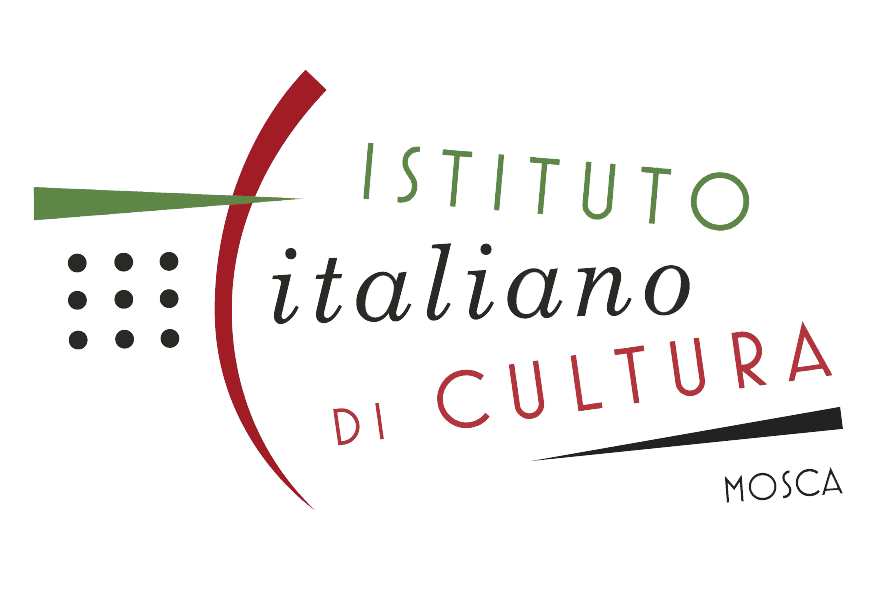World ballet stars in the lens of the legendary Serge Lido. 1930-1980s

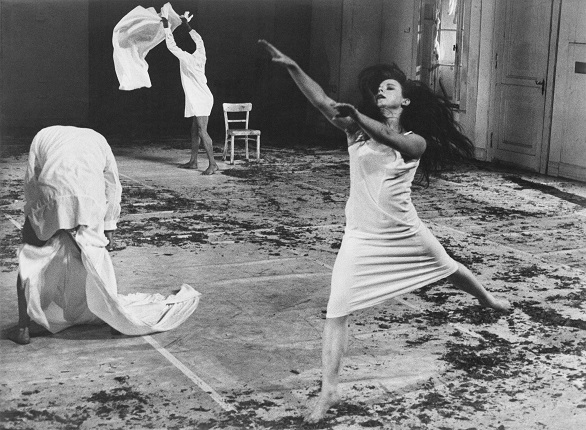
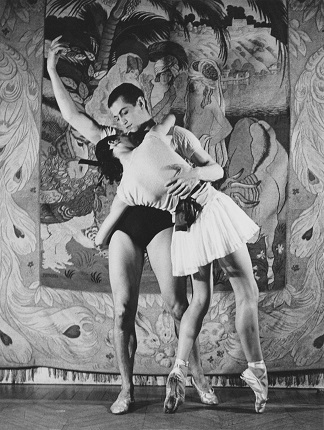
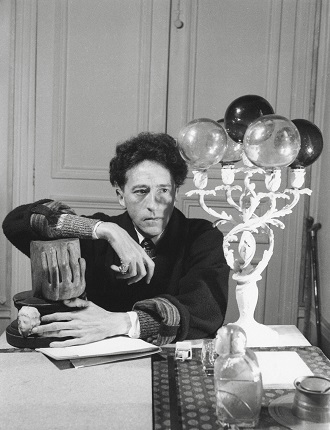

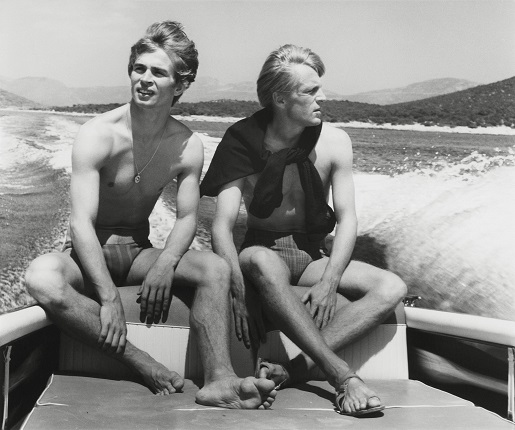
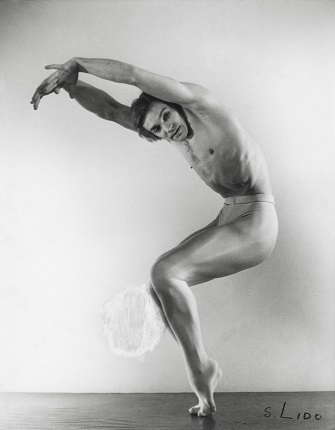
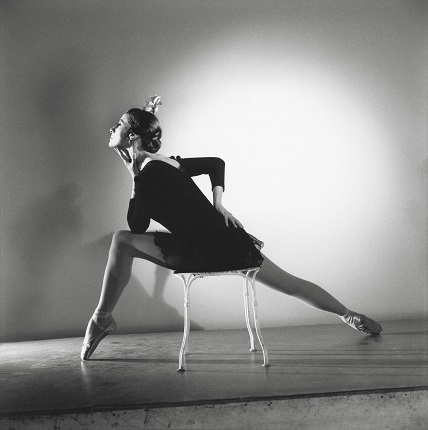
Serge Lido. Ludmilla Tchérina. ‘The Dying Swan’, Paris Opera. 1958. Lyudmila Cherina was the first Western ballerina to be invited to the Bolshoi Theatre in Moscow in 1959 Private collection
Serge Lido Tanztheater Wuppertal. Pina Bausch. ‘Kontakthof’, Théâtre de la Ville, Paris. 1978 © Serge Lido/Sipa Press
Serge Lido. Serge Lifar and Tatiana Stepanova. ‘Homage to Serge Diaghilev’, Paris. 1939 Private collection
Serge Lido. Jean Cocteau (1889—1963) in his house, Paris. 1939 © Serge Lido/Sipa Press
Serge Lido. Zizi Jeanmaire. ‘Casino de Paris’, Paris. 1970 © Serge Lido/Sipa Press
Serge Lido. Rudolf Nureyev and Erik Bruhn in Greece. Athens Festival. 1963 © Serge Lido/Sipa Press
Serge Lido. Vladimir Vasiliev. ‘Narcisse’. Photographic etude by Serge Lido, Paris. 1977 © Serge Lido/Sipa Press
Serge Lido. Maya Plisetskaya. ‘Carmen’, Paris Opera. 1972 Studio Lido. 1972 © Serge Lido/Sipa Press
Moscow, 18.09.2019—16.11.2019
exhibition is over
Share with friends
Curator: Pier Paolo Koss
For the press
World Ballet Stars through the Lens of the Legendary Serge Lido. 1930—1980s
September 18, 2019 — November 17, 2019
Strategic partner of the Museum: Mastercard
Curator: Pier Paolo Koss
The Multimedia Art Museum, Moscow presents for the first time in Russia an exhibition of images created by legendary ballet photographer Serge Lido (1906–1984), from the collection of Pier Paolo Koss. During his career lasting half a century Serge Lido amassed the most extensive archive of photographs featuring international ballet stars such as Roland Petit, Nina Vyroubova, Vaslav Nijinsky, Serge Lifar, Milorad Miskovitch, Alicia Markova, Margot Fonteyn, Rudolf Nureyev, Maurice Béjart, Martha Graham, Maya Plisetskaya and Mikhail Baryshnikov, as well as a portrait gallery of the world’s artistic and intellectual elite that includes photographs of Jean Cocteau, Edith Piaf, Igor Stravinsky, Pablo Picasso, Jean Marais, Maria Callas, Brigitte Bardot, Pierre Cardin, etc. Serge Lido published his work in major photo and fashion magazines (incidentally it was Lucien Vogel, editor-in-chief of ‘VU’, who advised Sergei Lidov to adopt the pseudonym ‘Serge Lido’), issued the annuals ‘La Danse’ and ‘Ballet’, and also produced 25 photo albums that became a veritable encyclopaedia of global ballet, to the extent that inclusion became an honour for the world’s best dancers.
‘Dance comes to life thanks to the photographs and aesthetic intuition of Lido, the friend of great artists. You rarely encounter among French stars a man so devoted to the world of art, and for this I certainly wish to pay tribute to him.’
Sergei Lidov arrived in Paris when he was 18, studied political science and began working at the Rockefeller Bank. His destiny might have taken a different course, had he not met Irène Kaminskaya. She immigrated to Paris from St. Petersburg, where she studied ballet with the celebrated Olga Preobrazhenskaya, prima ballerina of the Mariinsky Theatre. After graduating from the Sorbonne with a bachelor’s degree Irène started work as a journalist, although never forgetting her guiding passion in life, the ballet. One day she ran into her teacher in the street and began to assist Preobrazhenskaya at her studio, which was well known all over Paris. Irène also started working for the magazine ‘VU’, where before long she was the prestigious photo editor. At that time the illustrated magazine ‘VU’ had the most advanced photo laboratory and eminent Paris photographers came to develop their pictures: Brassaï, André Kertész, and many others. They all showed their work to Irène Kaminskaya and took heed of her opinion. One day mutual friends introduced her to Sergei Lidov, a young bank employee. Lidov was captivated at once by Irène’s extraordinary charm and striking looks, but she found his occupation boring. The story goes that Irène gave Lidov his first Rolleiflex camera and suggested he try his hand as a photographer.
At the turn of the 1930s Paris was rightfully the cultural capital of the world, an art laboratory centred between Montmartre and Montparnasse. Representatives of the illustrious Paris School worked here, and it housed the artists’ colony La Ruche (the Beehive) and La Closerie des Lilas art café... Extraordinary parties and performances were held and the most daring artistic ideas were conceived and realised there.
Sergei Lidov roamed the city with his Rolleiflex in search of original subject matter, plunging into the hurly burly of Parisian artistic life. His first photo reportage came from a picture series of cancan dancers at the famous Bal Tabarin Cabaret, amid the vineyards of Montmartre. This delighted both Irène Kaminskaya and the editor-in-chief of ‘VU’ and it was promptly published in the magazine. The financier Sergei Lidov became the photographer Serge Lido, who established a firm position on the Parisian Olympus of photography, while Irène Kaminskaya became his wife as well as the consultant and editor for all Lido’s future books about ballet.
In 1939 Serge Lido produced a portrait series of Jean Cocteau. On seeing it this famous poet well acquainted with all the star photographers of Paris, not least Man Ray and Edward Steichen, acknowledged that Lido’s were the finest images. This marked the beginning of a remarkable friendship that lasted for the remainder of the great writer’s life. Cocteau said of Serge in 1947: ‘... in the camera hanging round Lido’s neck, there beats his heart. ... By uniting his soul with the lens he creates diverse forms where movement is wrested from the arms of death’. Cocteau introduced Serge Lido to the circle of the Paris intellectual elite, who appreciated the photographer’s talent and later gladly participated in his photo sessions. It was Jean Cocteau, a close friend of Sergei Diaghilev, that introduced Lido to luminaries of the acclaimed ballet company recreated as the Ballet Russe de Monte Carlo after Diaghilev’s death. Serge Lifar, Boris Kochno, Anton Dolin, Alicia Markova, Léonide Massine and other famous performers became Serge Lido’s friends — he accompanied and photographed many of them throughout their artistic career.
For almost half a century Irène Lidova and Serge Lido exerted a vast influence on the contemporary ballet that originated from Diaghilev’s Seasons. From the latter half of the 1930s onwards the Lidovs supported young talent and revealed many new names to the world. Among these were Roland Petit, Nina Vyroubova, Milorad Miskovitch, Erik Bruhn, Rudolf Nureyev, Yuri Soloviev, Martha Graham and Maya Plisetskaya...
Irène Lidova and Serge Lido were involved in the formation of many celebrated ballet troupes. As early as the 1940s Irène organised a series of performances that brought fame to Roland Petit and Janine Charrat, then together with Petit she helped create Les Ballets des Champs-Elysées company that continued Sergei Diaghilev’s avant-garde traditions and soon became the talk of Paris. For more than 10 years Irène Lidova was press secretary and producer of the legendary Ballet du Marquis de Cuevas (which once included the Nouveau Ballet de Monte-Carlo led by Serge Lifar), while Serge Lido acted as the company’s official photographer. Rudolf Nureyev’s first performance in the West after his sensational flight and request for political asylum was with the International Ballet of the Marquis de Cuevas.
Naturally the Bolshoi Theatre tours in Paris during the early 1960s did not pass unnoticed by Serge and Irène Lidova and they facilitated a collaboration of the Bolshoi’s most illustrious star Maya Plisetskaya with Roland Petit and Maurice Béjart, while Pierre Cardin, Serge’s old friend, became an ardent fan of the ballerina.
In the 45 years of his career as photographer Serge Lido created a unique photo chronicle of the arts and high society. He was present at premieres of the most outstanding productions and concerts worldwide, made photo reportages from rehearsals and had the privilege of holding photo sessions in studios and dressing rooms, observing his heroes at moments of relaxation or intense concentration. Lido’s shoots record the Paris tours of amazing Indian dancer Ram Gopal, the outstanding cellist Mstislav Rostropovich, celebrated violinist Yehudi Menuhin, the incredible glam-theatre creator Lindsay Kemp and the most famous performers of Butoh dance theatre in Paris, Kō Murobushi and Carlotta Ikeda. For nearly 40 years Lido was official photographer at the Cannes Film Festival, and publishers fought for his portraits of film stars like Marlene Dietrich, Sophia Loren, Yves Montand, Jean Gabin, Marcello Mastroianni, Anna Magnani and Orson Welles...
Accompanying the photographs at the MAMM exhibition are detailed texts by Pier Paolo Koss, the well-known visual artist, director and choreographer who is in love with photography and was also a close acquaintance of Serge Lido and Irène Lidova. Thanks to their friendship magnificent performances were created and unique stories collected, which Pier Paolo Koss generously shares with the Moscow public. The Multimedia Art Museum has already shown projects by Pier Paolo Koss in Moscow twice: the ‘Hybridization’ exhibition as part of the 2008 Photobiennale, and this year the ‘Glam-Aesthetics of Power. Journey to North Korea’, presented at the Fashion and Style in Photography Festival.

